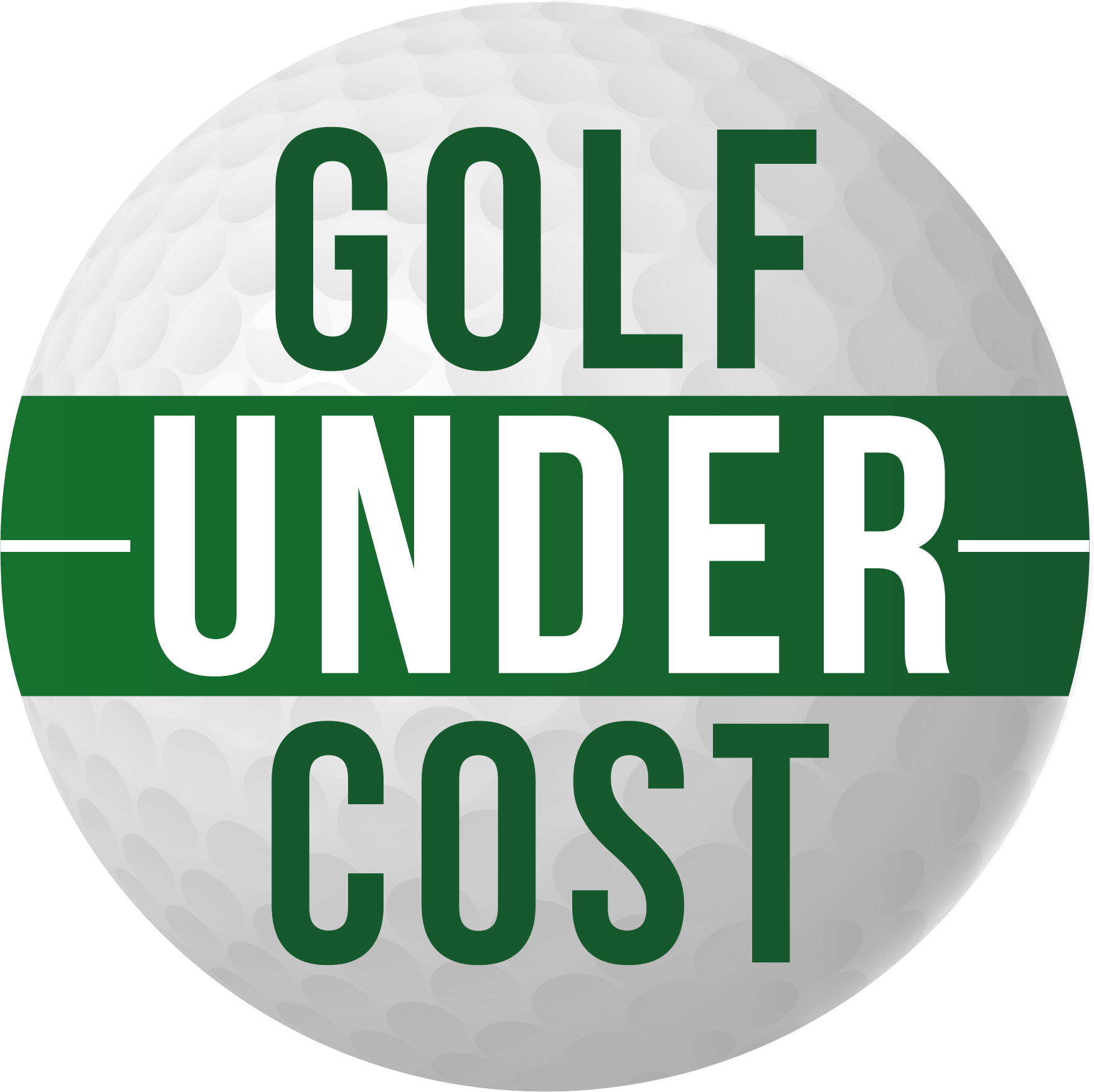For the novice to the average golfer, losing a few balls on the course is a guarantee. Unlike a lot of pros out there, we can’t afford to pay over $5 a ball for Dixon Fire Golf Balls. Instead, based on weighing the quality versus the price, here are our recommendations for the best golf balls for the money.
| Image | Title | Price | Prime | Buy |
|---|---|---|---|---|
| Wilson Ultra 500 Distance Golf Ball (15-Pack), White | PrimeEligible | Buy Now | ||
| Callaway Warbird Golf Ball, Prior Generation, (One Dozen), White | PrimeEligible | Buy Now | ||
| TaylorMade 2018 Noodle Long & Soft Golf Ball, White (Pack of 15) | PrimeEligible | Buy Now | ||
| Pinnacle Rush Golf Balls, White (15 Ball Pack) | PrimeEligible | Buy Now |
Prices and images pulled from the Amazon Product Advertising API on:
Best Budget Golf Balls: Wilson Ultra 500 Distance Golf Balls
For people that value their money the most and do not want to spend the Titleist premium, the Wilson Ultra 500 Distance golf balls should be everything you could ask for.
The price point on these balls is anywhere from $10 to $20 for a dozen, so they are half the price of what some people pay for golf balls.
Pros of the Wilson Ultra 500 Distance Golf Balls
- Available in a 15 ball sleeve
- Two-piece construction for distance.
- 1-year warranty
- Cut proof cover for extra durability.
Cons of the Wilson Ultra 500 Distance Golf Balls
- Poor backspin
For the average golfer worried about ball cost, the negative point to this ball will probably not apply. Most people that are looking for cheap golf balls are not worried about spinning the ball back 5 feet. Give these balls a look if you want a crazy value.
Best Overall Golf Ball for the Money: Callaway Warbird 2.0 Golf Balls
For the overall pick of golf balls for the money, I had to point out the Callaway Warbird 2.0 golf balls. They are a premium distance ball that has the Callaway HEX aerodynamic technology for launch, distance, and ball speed.
The Warbird golf balls are also unique because they do have a softer cover for a better feel off of the clubface.
Pros of the Callaway Warbird 2.0 Golf Balls
- HEX aerodynamics for launch, speed, and distance.
- High energy core for even more added distance.
- Thin cover for better feel around the greens.
- Below market price for the value.
Cons of the Callaway Warbird 2.0 Golf Balls
- There are absolutely none for this product.
The Warbird 2.0 golf balls were a pretty easy pick for golf balls that are cheaper than most but also play just as good. If you did not know what the ball was, you could easily suspect that these were $30 a dozen, but it is more like half of that.
They cross off everything on the list, and you need to get around in with these golf balls. With over 1,000 reviews and almost 5 stars everywhere, the results speak for themselves
Editor’s Choice #1: TaylorMade Noodle Long & Soft Golf Balls
The first honorable mention that I would like to point out is TaylorMade’s Noodle brand. They are a pretty popular golf ball for high handicap to average golfers.
Let’s look at some of the features that made this ball onto the list.
Pros of the TaylorMade Noodle Long & Soft Golf Balls
- Sell in packs of 12, 15, and 24.
- Soft iothane cover that makes it feel soft around the greens.
- Impact core that promotes huge speeds off the tee.
- Dimple design that also helps with carrying on your shots.
Cons of the TaylorMade Noodle Long & Soft Golf Balls
- Not for people that like a hard golf ball.
- Not the best ball for shorter holes
All joking aside from the negative aspects, it is hard to find negative points for a ball that is half the price of others out there. They might not spin like the balls I am comparing it to, but these are still a great value.
Editor’s Choice #2: Pinnacle Rush Golf Balls
Last on the list is yet another brand of golf balls that markets to the large demographic of golfers very well. And by large demographic, I mean high handicappers and average weekend players.
The Pinnacle Rush golf balls are an incredible deal for the money. Their 5-star rating on Amazon pretty much speaks for itself because that is a hard feat to accomplish.
The balls come in yellow or white, but both colors help with distance to lower strokes. This is the type of balls that is great for people who do not care about a soft cover and want a golf ball that they can hit a long way.
The main things that make this a huge distance ball is the dimple design and the core that explodes off of the clubface.
Pros of the Pinnacle Rush Golf Balls
- The proprietary high-energy core that explodes off the clubface for speed and launch.
- Dimple design that promotes ball flight, launch, and huge distance.
Cons of the Pinnacle Rush Golf Balls
- Not great for spinning shots or working the ball very much.








